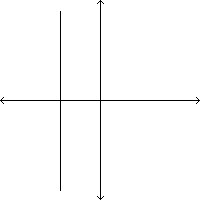State A and state B are each candidates for an extra congressional representative. The relative unfairness of apportionment for state A is approximately 0.35, whereas for state B it is about 0.349. According to the apportionment principle, which of the two states should receive a new representative? Explain why.
a. State B, because it has the smaller relative unfairness
b. State A, because it has the smaller relative unfairness.
c. State A, because it has the larger relative unfairness.
d. State B, because it has the larger relative unfairness.
a. State B, because it has the smaller relative unfairness
You might also like to view...
Determine whether the relation is a function.
A. Function B. Not a function
Provide the appropriate response.List all digits that cannot appear in a superprime number.
A. 4, 6, 8, 0 B. 4, 6, 8, 5 C. 4, 6, 8, 0, 5 D. 4, 6, 8
Find the percent. Round to the nearest tenth of a percent.$995.89 is what percent of $54.44?
A. 1829.3% B. 18,293% C. 0.6% D. 5.5%
Solve.If the force acting on an object stays the same, then the acceleration of the object is inversely proportional to its mass. If an object with a mass of 30 kilograms accelerates at a rate of  per second per second by a force, find the rate of acceleration of an object with a mass of
per second per second by a force, find the rate of acceleration of an object with a mass of  that is pulled by the same force.
that is pulled by the same force.
A. 30 meters per second per second
B.  meters per second per second
meters per second per second
C. 24 meters per second per second
D. 25 meters per second per second